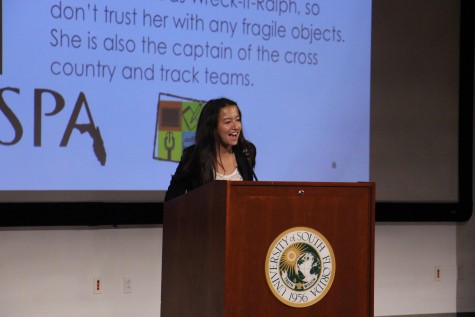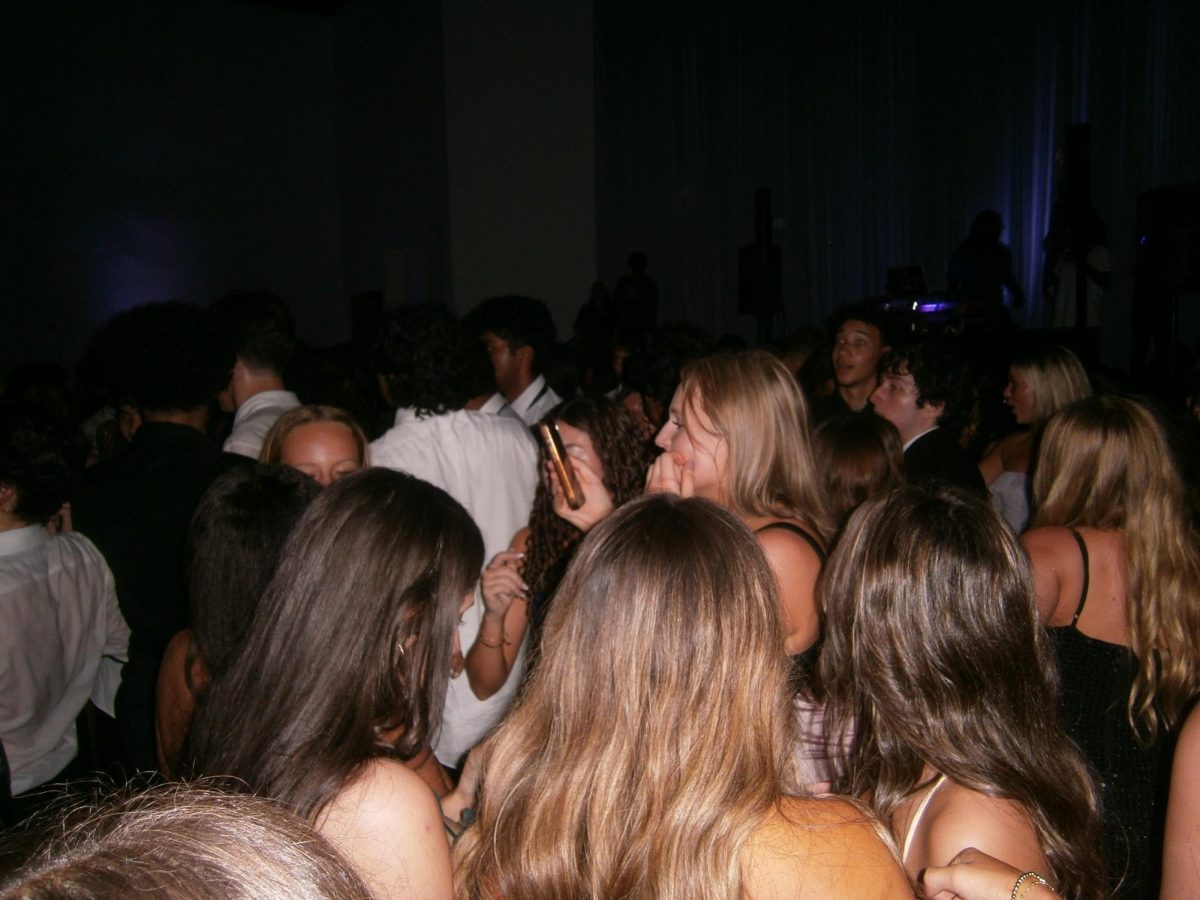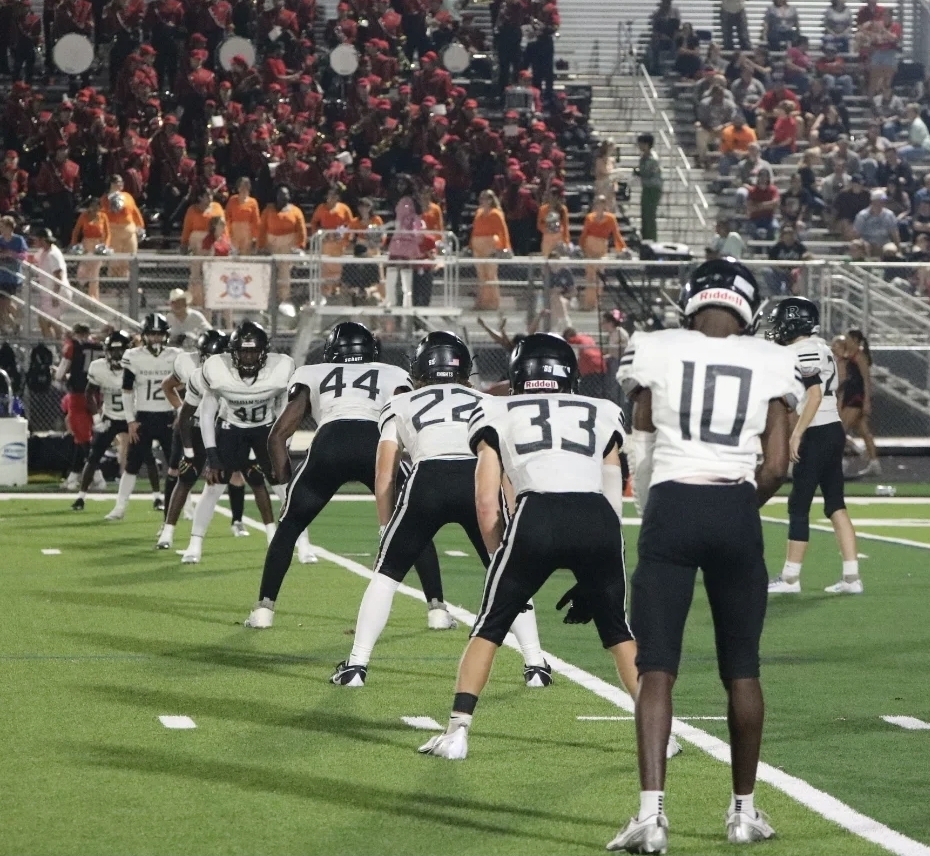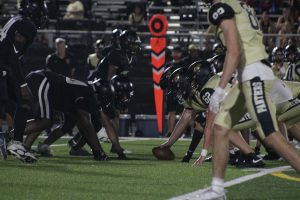School Safety Part I: The Evolution of School Security
Photo I. Hanewicz
February 19, 2014
Part one of a three part series on safety and security in schools.
It’s the middle of C lunch, about 12:45, and Principal Johnny Bush is on patrol. Walking up and down the breezeway, he monitors the mostly empty halls. He scans every student that passes him, making sure the only people walking around in his school are the ones who have permission.
“Where’s your pass?” he asks of one student.
“Where are you headed?” he asks the other.
Checks like this are standard. The administration has a rotation so that every class period, there is at least one administrator walking around campus, checking halls.
But 21st century school safety is not limited to these hall checks. Securing school campuses is an ever-changing and complex practice, with many different methods and views all aimed at the same purpose – keeping the fifty million school children and their teachers and staff safe.
PART I: THE EVOLUTION OF SCHOOL SECURITY
While hall patrolling may be an everyday occurrence in schools today, it has not always been that way. Perhaps no one in the Hillsborough County School District knows this better than Chief David Friedberg. Friedberg has been the head of security for Hillsborough County since 1993, over 20 years ago, a time before the major school shootings of Paducah, Columbine and Sandy Hook. When he took office, the district had about 150 schools, compared to the 266 schools it has today and was just starting to implement security measures, like fences.
“Certainly there have been changes, society has changed over the years,” said Friedberg. “Columbine occurred in 1999, April 20th of 1999. The night prior I was at Gaither High School doing a presentation at a PTA meeting, and we were talking about random metal detection searchers we had just implemented.”
One of the parents questioned Friedberg. They asked specifically why random metal detection was necessary and even questioned wheher it was a violation of kids’ rights.
Friedberg countered.
“I said, ‘I’m glad you’re asking me today why we are doing something proactive because God forbid something happens terrible,” he said. “And then you’re going to ask why we didn’t do anything.’ And the funny thing is since April 20th, 1999, no one’s asked me that question.”
While Friedberg knows that the levels of school security have increased in the district over the years, especially after events like Columbine, he also points to the fact that violence in American schools has, on a whole, decreased in the past 20 years.
According to data from the National Center for Education Statistics, violence in schools reached its peak in 1993, when there were 42 homicides and 13 “serious violent crimes”: rape, sexual assault, aggravated assault, or robbery, per 1,000 students, affecting 5.5% of the student population. In 2010, the most recent data available, the numbers were 2 homicides and 4 violent crimes per 1,000 students, a 4.9% decrease.
Even with a decrease in violent incidents, the increased media presence changed the general public’s perceptions on school violence.
“Back in the day, during the Vietnam War, I remember watching Geraldo Rivera report in New York, and he would keep us informed about what was going on in Vietnam at the time, but their current information was two weeks old,” he said. “When Columbine happened, when Newtown happened, we had media coverage and the media was on scene, taking pictures. You’re sitting there watching TV, watching these things unfold, thinking, in one respect, ‘It’s happening in my own backyard’.”
With increased coverage and changing perceptions, the media continues to change the way the public views school security, consequently changing how schools need to be secured. Friedberg and his staff have a responsibility to provide a safe environment to all of the district’s 200,000 plus students and staff, making sure that the campus not only is safe, but also feels as safe as possible.
“Perceptions are real. They may not be reality, but they are true to one believing it,” said Friedberg. “If you really are safe, but don’t feel safe, I have work to do.”
And as for the best strategy for school safety? Gates, buzzers, and lights are all good, according to Friedberg, but open lines of communication between students and adults are key.
“Everybody that’s here has a responsibility for safety. It’s not just the principal, it’s not just the assistant principals, it’s not just the teachers, it’s all of us, including our students, [that must] speak up if you hear something, if you see something,” he said. “There is a saying, ‘it takes a village to raise a child.’ I believe it takes that same ‘village’ to keep us all safe. If we know what [is] happening, we have a much better chance to prevent incidents from threatening us.”
Do you feel safe at school? See the results of the survey here.











